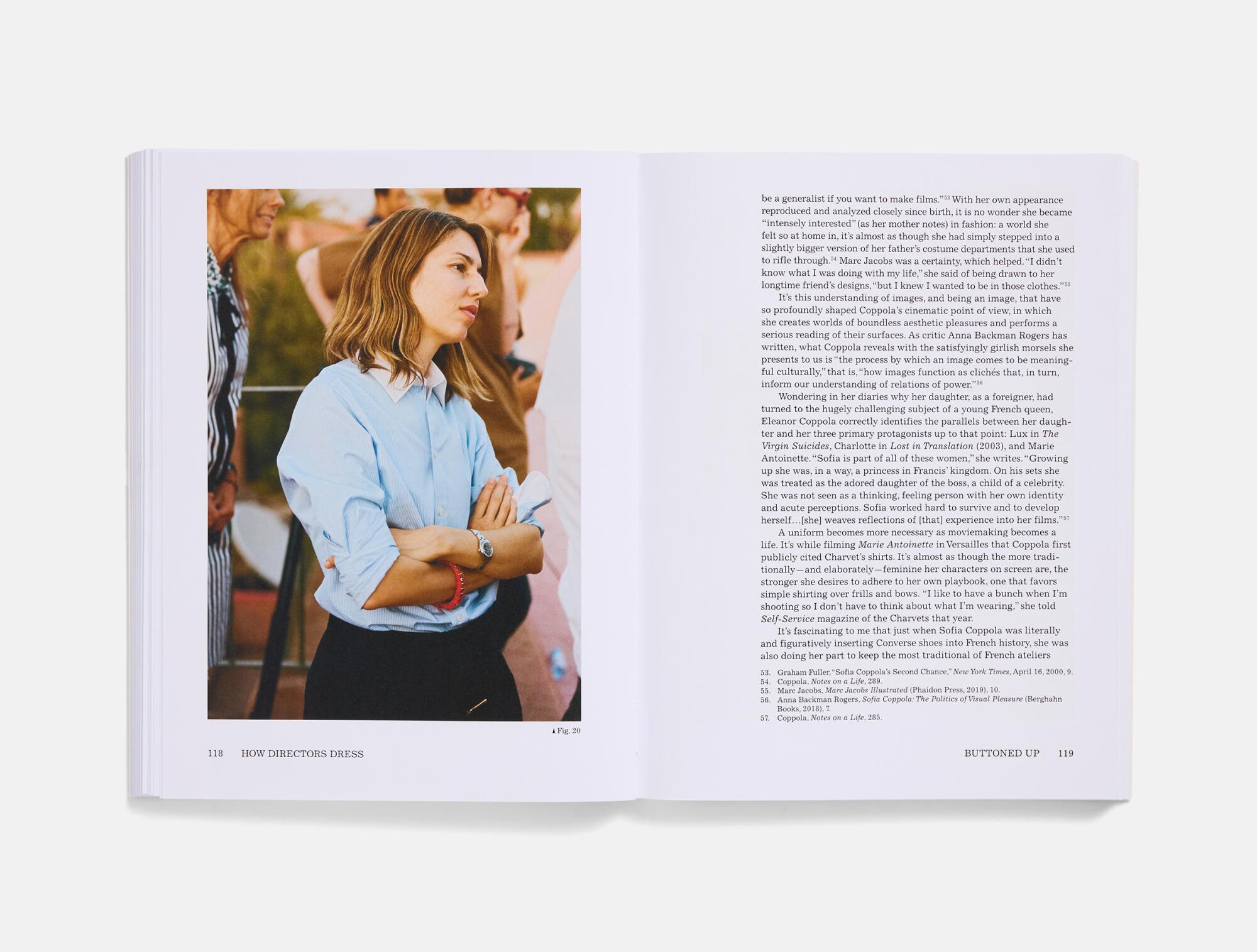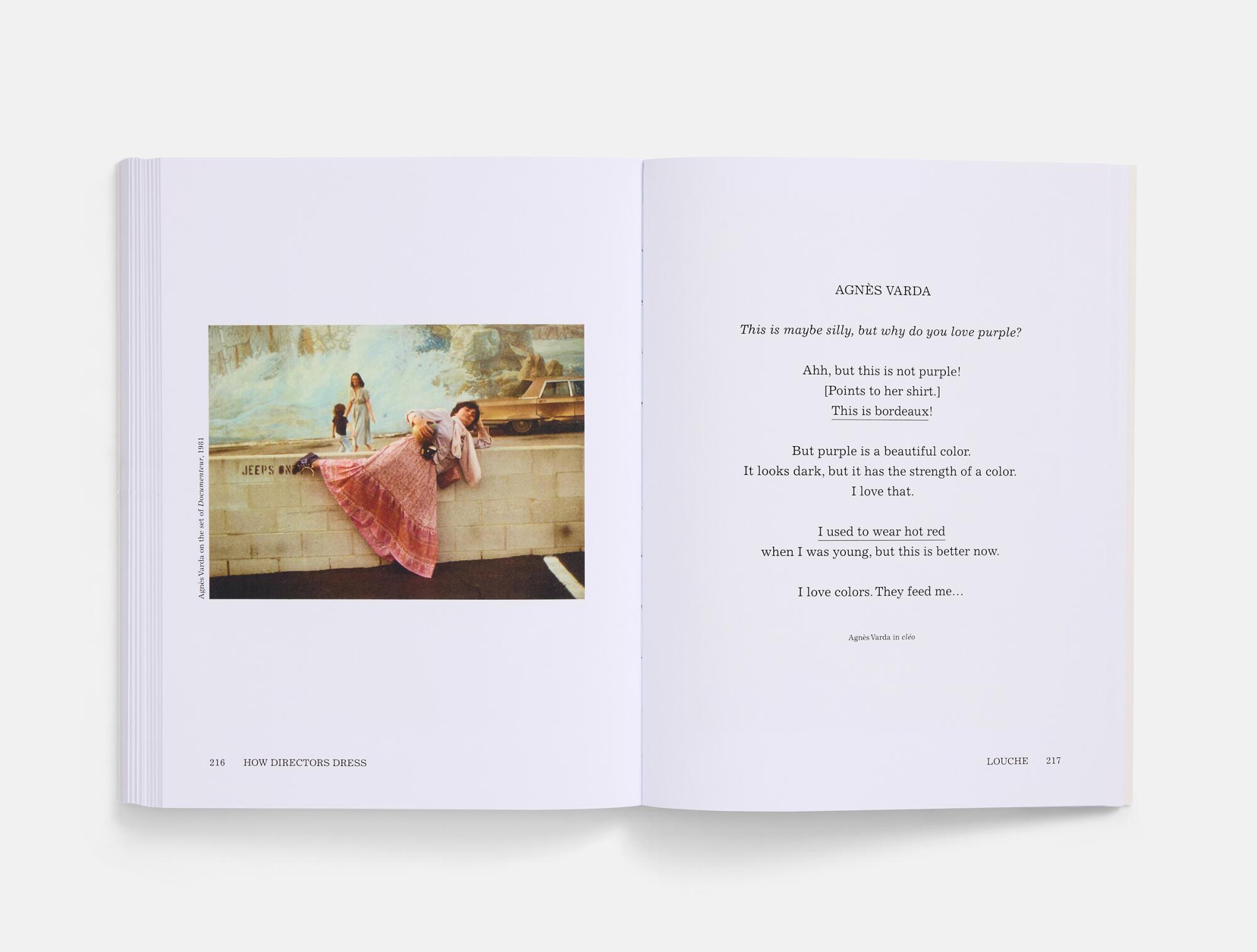Time for some hard truth: Los Angeles is not a fashion capital. There, I said it. Up against New York, London, Paris and Tokyo, we are lacking in esteem. Our attempts at mounting a fashion week are nascent and growing slowly. Whose fault is that? Certainly not mine. I’m clearly doing my part, working hard writing about clothes in this very space at least once a month. I’ll tell you whose fault it is: everyone else’s. I am constantly harping on the fact that L.A. has amazing, curated boutiques like Mohawk General Store, elevated brands like Ghiaia Cashmere blowing up the menswear scene. The problem with L.A. is not the reality; it’s the perception: the false, toxic notion that everyone wears Vuori board shorts and On Running sneakers to Erewhon. It’s our responsibility, then, to rectify this foolishness and shed light on the ways in which Los Angeles influences fashion. And like most things, we do that through the gauzy anamorphic lens of Hollywood.
Movie stars have been global avatars of aspiration since the advent of the medium, but the whole “gods coming down from Mt. Olympus” thing feels pretty antiquated. The wider the income gulf in America, the harder it is to fully relate to the polished, stylist-approved looks we get from actors. Perhaps that’s why the style-conscious are increasingly gravitating to nostalgia, the rougher days of red carpet looks, and, most remarkably, the film director.
“How Directors Dress” is a new book from A24 that digs deeply into the phenomenon of the director as moodboard inspo. The book features essays from luminaries like the Washington Post style critic Rachel Tashjian, Puck’s fashion reporter Lauren Sherman on topics like louche dressing, Jean-Luc Godard, and the idea of director style as, first and foremost, workwear.
At the forefront of this project and movement is Hagop Kourounian, the mind behind the @directorfits Instagram account, and an editorial consultant on the book. Kourounian, who grew up in the Valley and around the jewelry designers and tailors in his family, started the @directorfits account three years ago, during the peak of the COVID pandemic. Looking for something to do with his free time, he started posting photos of film directors on set, at premieres or in casual settings. In the three years since he started, he’s amassed over 70,000 Instagram followers and a reputation around L.A. as an elevated cinephile with impeccable taste in style.
A lot of fashion aggregator IG accounts feel like anonymous engagement farms, dutifully feeding old photos of Harrison Ford in a polo shirt to bored people. What @directorfits does so well is remind you that a person was behind it. As he unearths otherwise unseen photos of David Lynch or George Lucas, Kourounian offers a bit more than just a name and a date. “I wanted to bring my specific niche and interest with an analysis,” Kourounian tells me over email. “So, I analyzed [the photos] a little bit more to see what’s going on and try to make connections between what they’re wearing and their work.”
We first met at a screening of a Wim Wenders documentary about Yohji Yamamoto, “Notes on Cities and Clothes,” that screened at the Los Feliz 3 — exactly the kind of niche confluence of two very particular artistic interests that creates tightly knit affinity groups. “How Directors Dress” is a physical embodiment of that community of people who are nerdy about two very unique and specific things.
A significant section of the book is dedicated to Sofia Coppola, a director whose style is more in flux than Tony Scott’s weathered baseball caps or Peter Bogdanovich’s neckerchief. Rare is the book that can luxuriate in a discussion of Coppola’s taste for Charvet button-down shirts and how that related to her work on “Marie Antoinette.” Directors are both masters of communicating complex ideas quickly — with a shot composition or provocative sound design — and tradespeople who are ensconced in a working environment where most of the day is spent on your feet. Dressing up can be a means of expression, but it is almost always also practical. In many cases, like Coppola in her expensive French shirts, that means literally rolling up your sleeves.
An appealing, relatable aspect of the director’s uniform is that it is optimized for effort and exertion. Agnès Varda always looked comfortable on set, in caftans or jeans. This is a show business job that actually looks like a job. But that communication aspect is important, especially for a female director who needs to communicate that they deserve the same level of respect afforded their male counterparts.


“How Directors Dress” by A24
(Courtesy of A24)
Arguably the most iconic director fit of the last five years is Greta Gerwig’s pink, short-sleeve jumpsuit on the set of “Barbie.” The jumpsuit was released by the L.A. brand Pistola, which had been selling the item under the name Grover for a while before it ended up on Gerwig, unbeknownst to the brand. The pink jumpsuit became not only a nod to the aesthetic of the film, but also felt both gender neutral and deeply feminine at once. Pistola founder and creative director Grace Na was shocked to see the Grover on Gerwig in those set photos.
“I didn’t really have that mentality just because I didn’t really know how iconic everything was going to really be,” Na tells me over Zoom. This particular director fit instantaneously supercharged her business. “[The Grover] was a core item. It was always something that was a bestseller, and her wearing it amplified it.”
Clothes can be armor of a sort, and in the high-pressure world of filmmaking, armor is almost a necessity. Na believes the Grover caught on because it felt like exactly the kind of armor a working woman needs. “I can move around [in a jumpsuit]. I can pick up my kid, make lunch, hurry up, go to the office, put some heels on, do the meeting, and then afterwards I come home to my kids. And so I really think it’s about just feeling effortless.”
I think that’s why L.A. might not be a fashion capital yet, but it should be. Because creativity flourishes in a place like this. Clothes are not just about trend following or wearing a specific label. It’s about unlocking some truth about yourself, putting forth big ideas, and helping you be the most ideal version of yourself. When a director gets dressed, no matter who they are, the aim of their day’s work is to create something that entertains and illuminates, that helps an audience transcend their own reality. Clothes are a natural extension of the beautiful fantasy of art and cinema. Fine art, cinema, and fashion all stimulate more than one of our senses — sound, vision and, in the case of clothes, touch. No other city in the world touches all three of those worlds the way Los Angeles does. When we look to directors for style inspiration, we’re acknowledging that special relationship and we allow ourselves to transcend, too.

